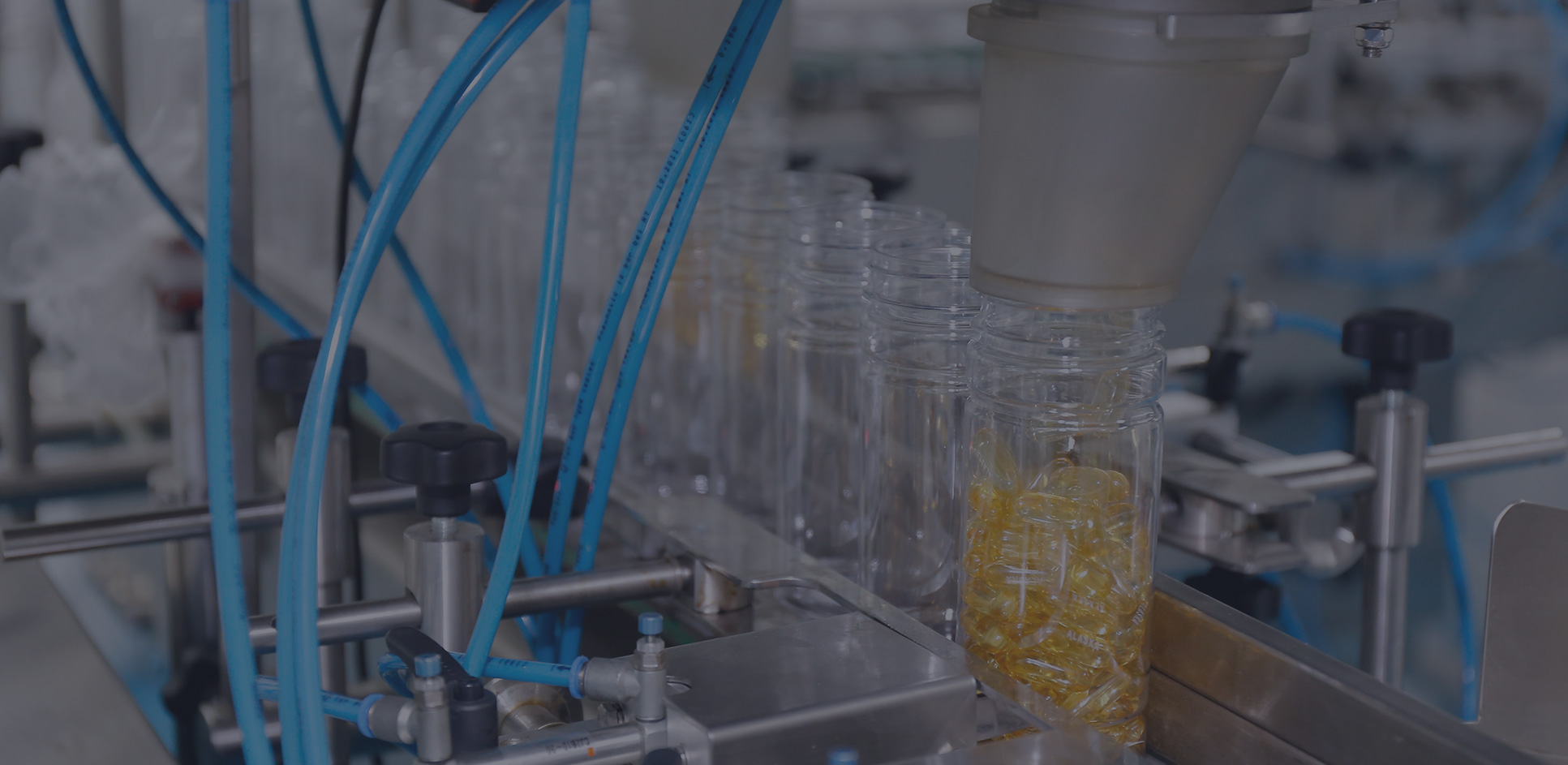
13 Oct From Farm to Fitness Tracing Raw Materials of Whey Protein Manufacturers and Vegan Protein Manufacturers
Importance of understanding the raw materials used in protein manufacturing
understanding the raw materials used in protein manufacturing is crucial for ensuring product quality, meeting dietary needs, promoting transparency, and driving innovation in the industry. It forms the foundation for responsible and sustainable protein production, benefiting both manufacturers and consumers alike.
Vegan whey protein is a substitute for traditional whey protein specifically designed for individuals who follow vegetarian or a vegan diet or have allergies to dairy products. Its ingredients typically include plant-based protein and other supplementary components.
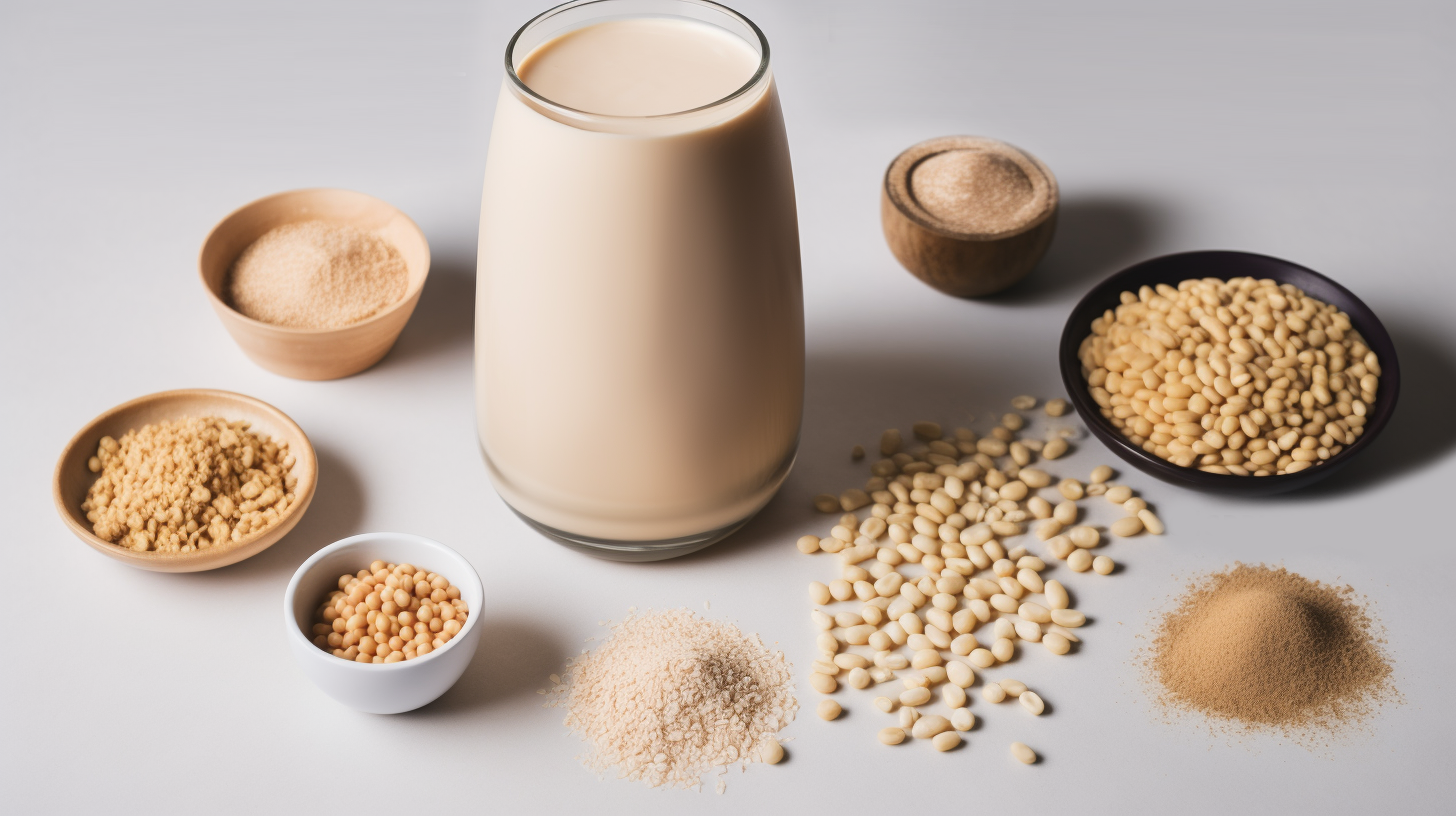
Whey protein typically does not use soy as a raw material. Whey protein is derived from dairy products, primarily sourced from milk. Whey is the liquid portion separated during the coagulation process of milk and contains abundant whey protein. Therefore, milk serves as the main raw material for whey protein.
On the other hand, soy protein is extracted from soybeans. Soy protein is a plant-based protein with a different source and characteristics compared to conventional whey protein. Soy protein is commonly used in the production of plant-based protein powder, tofu, and other soy-based protein products.
While whey protein and soy protein are distinct sources of protein, there are also mixed protein products available in the market, foods that may contain both whey protein and soy protein. These mixed protein products offer the nutritional benefits of multiple protein sources.
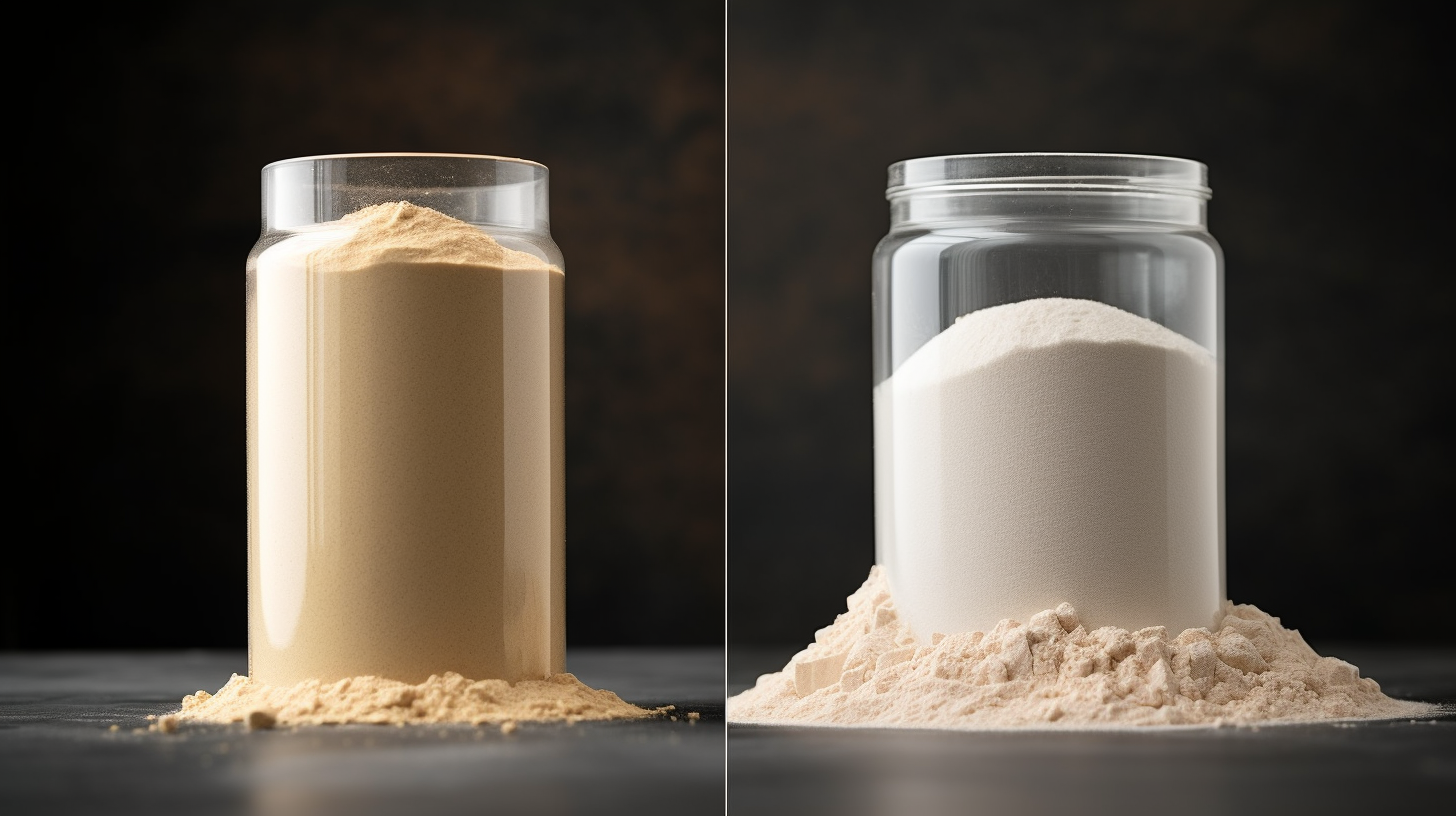
Overview of whey protein and vegan protein industries
The whey protein and vegan protein industries have experienced significant growth and gained widespread popularity in recent years.
The whey protein industry, primarily derived from dairy sources, has established itself as a dominant player in the protein supplement market. Whey protein is recognized for its excellent amino acid profile, high biological value, and fast absorption rate, making it a popular choice among athletes, fitness enthusiasts, and individuals seeking to support their muscle recovery and growth goals. The whey protein industry encompasses various products such as whey protein concentrates, isolates, hydrolysates, and blends, each offering different protein concentrations and processing methods.
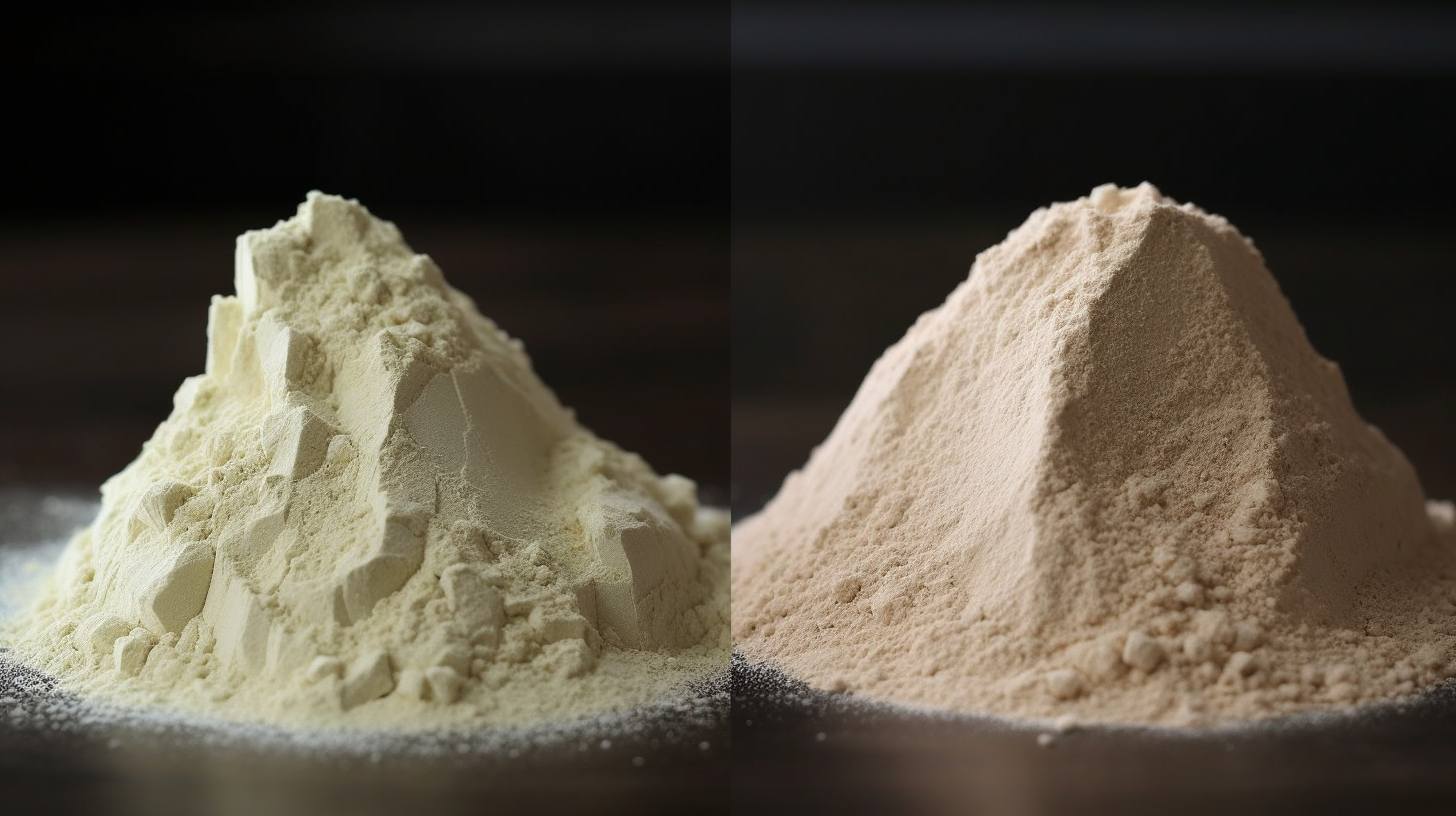
In contrast, the vegan protein industry caters to individuals who follow a plant-based or vegan lifestyle and seek protein alternatives to traditional animal-based sources. This industry has witnessed remarkable growth driven by the rising demand for plant-based diets, ethical considerations, and environmental concerns. Vegan protein sources include soy, peas, rice, hemp, and other plant-based ingredients. These proteins undergo extraction, processing, and formulation techniques to create vegan protein powders, bars, and other plant-based protein products.
As health and wellness trends continue to evolve, these industries have also expanded their product offerings to cater to diverse dietary preferences. For instance, the whey protein industry has witnessed the introduction of lactose-free, gluten-free, and organic whey protein options, while the vegan protein industry has embraced innovative plant protein blends and introduced fortified products with added vitamins, minerals, and superfoods.
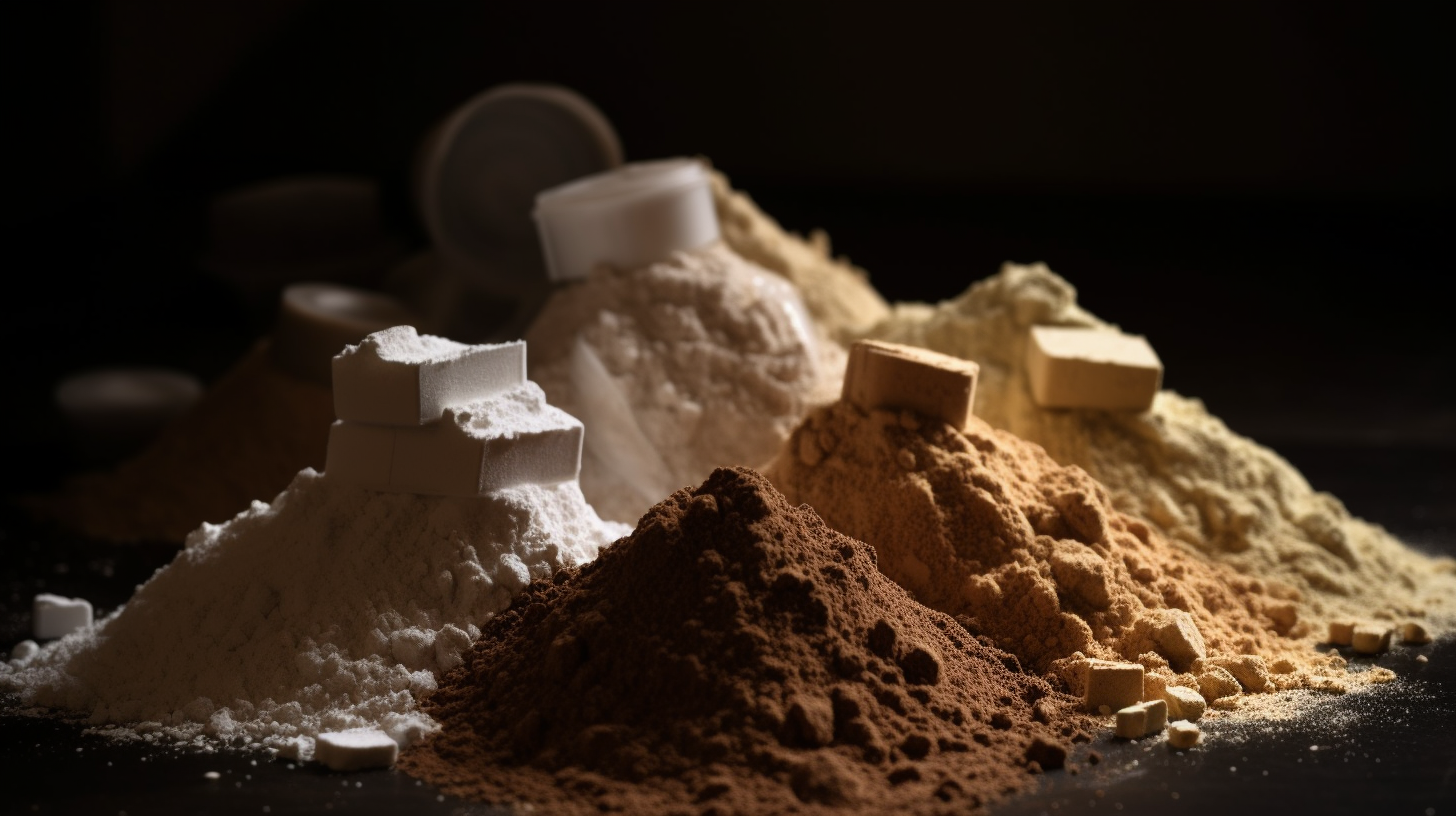
I. The Difference between Whey Protein Supplement & Plant based protein powders
Vegan whey protein and regular whey protein have differences in terms of raw materials and manufacturing processes to cater to different dietary needs and preferences.
Raw Material Sources: Regular whey protein is primarily derived from animal dairy products, especially milk. On the other hand, vegan whey protein is a substitute designed for individuals following a vegan diet or those with dairy allergies, and its main raw materials are plant proteins such as soy protein, pea protein isolate, rice protein, etc.
Nutritional Composition: There may be slight differences in the nutritional composition between regular whey protein and vegan whey protein. Regular whey protein typically contains a complete amino acid profile, higher amounts of branched-chain amino acids, and abundant bioactive compounds specific to whey. Vegan whey protein, by selecting suitable plant proteins as raw materials, can provide similar amino acid composition and nutritional value.
Dietary Requirements: Regular whey protein is suitable for individuals on a regular diet that includes dairy consumption. Vegan whey protein, on the other hand, is suitable for vegans or individuals with dairy allergies, offering them a protein source that aligns with their dietary requirements.
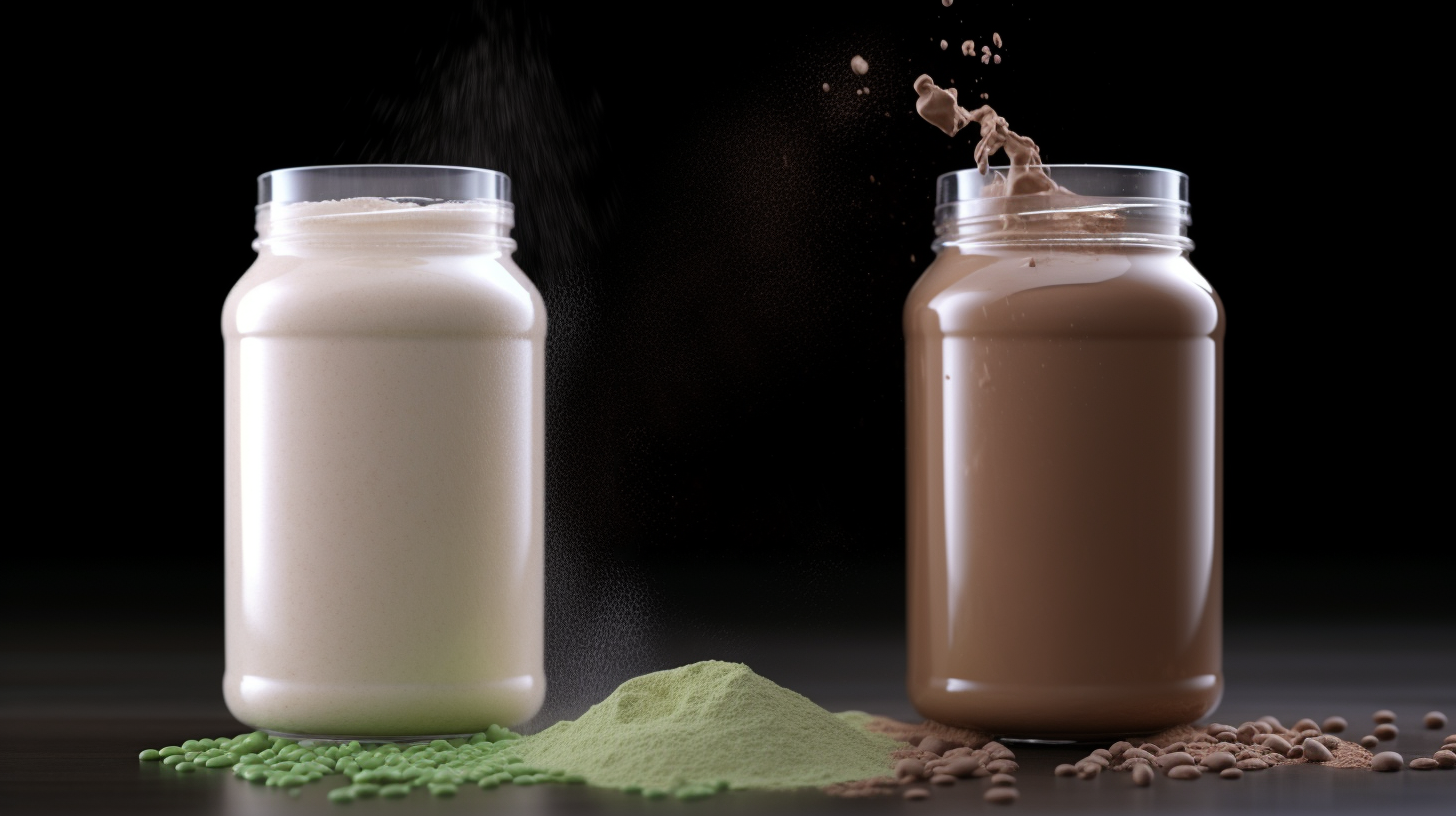
II. Whey Protein Manufacturing
A. Sourcing of raw materials
1. Milk as the primary source
The production of whey protein begins with the collection of milk, which serves as the protein supplements primary raw material. Milk is sourced from dairy farms, where it undergoes a rigorous quality control process to ensure its freshness and purity.
2. Dairy farms and milk collection process
Dairy farms play a crucial role in the whey protein manufacturing process. These farms maintain healthy herds of dairy cows that are raised under controlled conditions and provided with proper nutrition and veterinary care. The milk is collected from these farms using specialized equipment and transported to processing facilities.
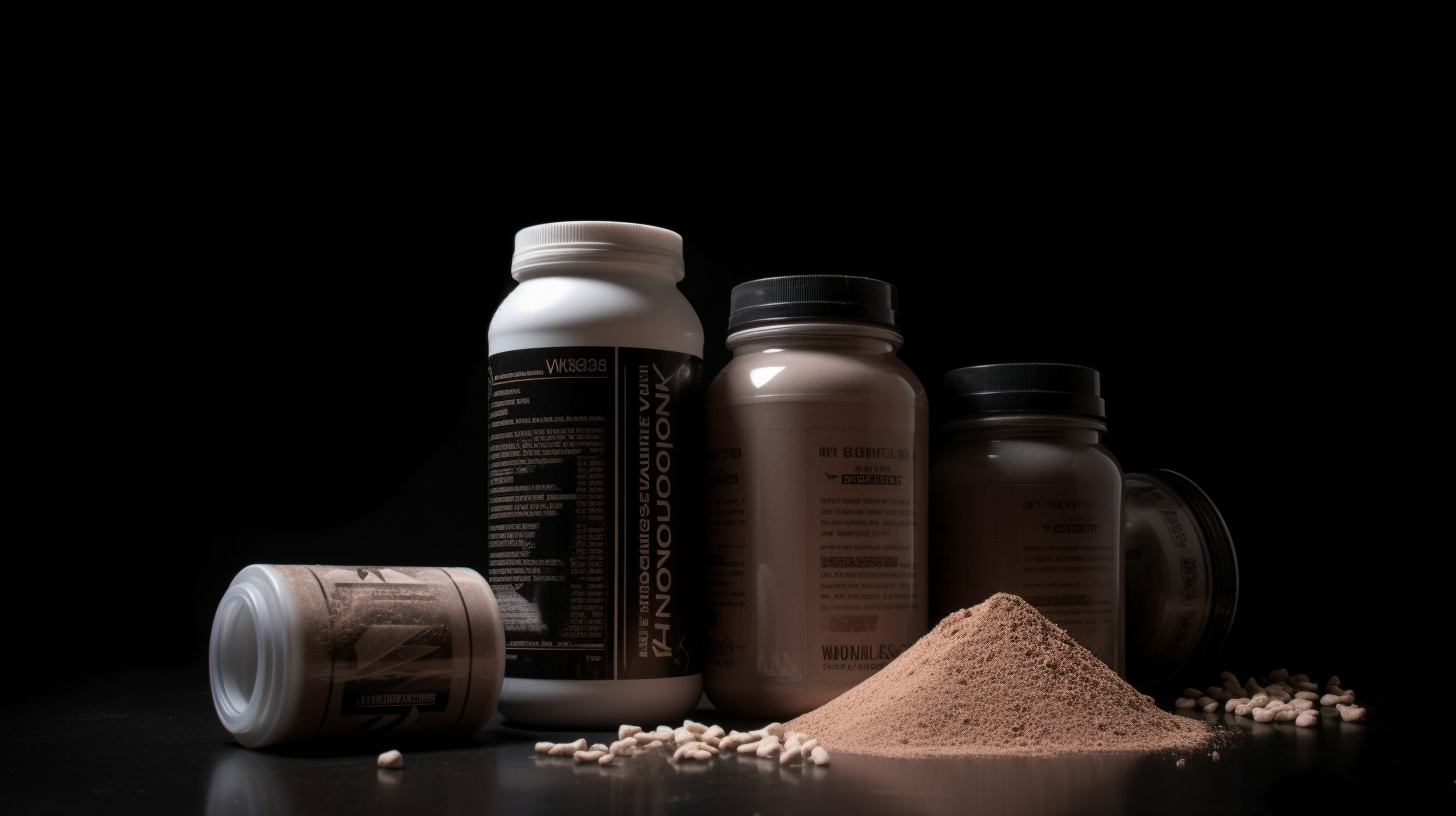
3.Common Raw materials of Whey protein powder
Milk: Whey protein is primarily extracted from milk. Milk is the main raw material for whey protein and contains two main protein components: whey protein and casein.
Whey: Whey is the liquid part separated from milk during the coagulation process. It contains abundant whey protein and serves as the primary source for extracting whey protein.
Whey Concentrate: In the manufacturing process of whey protein, whey can be processed through concentration techniques to remove most of the water content, resulting in whey concentrate. Whey concentrate contains a higher proportion of whey protein.
Whey Isolate: In the production of whey protein, whey can be further processed through techniques such as centrifugation or membrane filtration to separate and extract a purer form of whey protein.
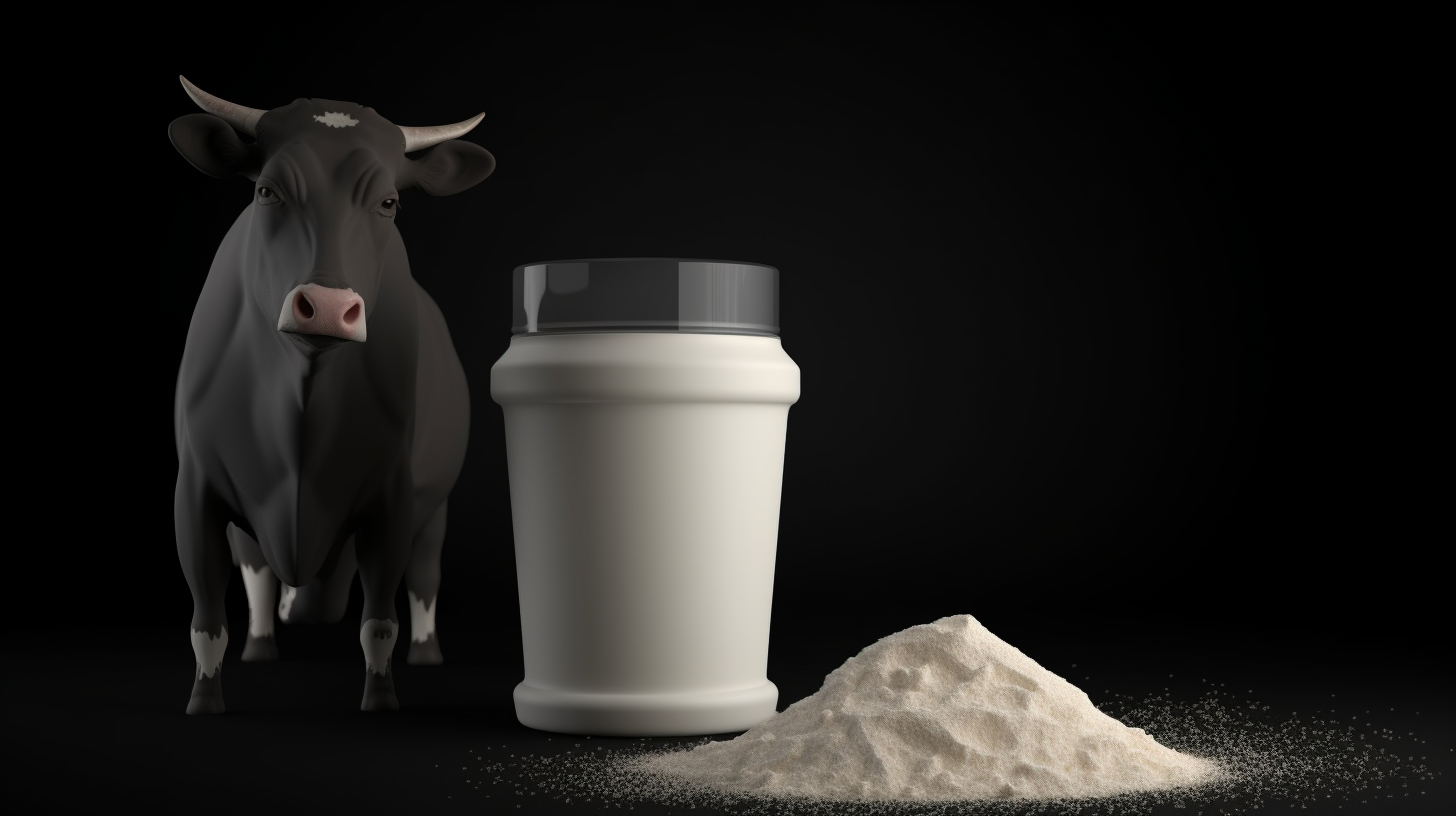
B. Processing of whey protein
1. Separation of whey from milk
Once the milk reaches the processing facility, it undergoes a separation process to extract the whey protein. This separation typically involves the use of filtration techniques, such as microfiltration or ultrafiltration, to separate the liquid whey from the milk solids.
2. Concentration and filtration techniques
After the whey is separated, it undergoes additional processing steps to concentrate the protein content. Various filtration techniques, such as reverse osmosis or ion exchange, are used to remove excess water, lactose, and minerals, resulting in a more concentrated whey protein solution.
C. Quality control and testing
1. Ensuring purity and safety
Quality control measures are implemented throughout the whey protein manufacturing process to ensure the purity and safety of the final product. This includes strict adherence to hygiene practices, sanitation protocols, and regular equipment maintenance. Additionally, the use of high-quality raw materials and adherence to good manufacturing practices are essential to maintain product integrity.
2. Compliance with industry standards Manufacturing
Whey protein manufacturers follow industry standards and regulations to meet quality and safety requirements. These standards may include certifications such as ISO (International Organization for Standardization) and GMP (Good Manufacturing Practices). Regular testing is conducted at various stages of production to monitor parameters such as protein content, amino acid profile, microbiological safety, and absence of contaminants.

III. Vegan Protein Manufacturing
A. Plant-based protein sources
1. Overview of common plant protein sources (e.g., soy, peas, rice)
Vegan protein manufacturing relies on various plant sources to extract protein. Some common plant protein sources include soy, peas, rice, hemp, and quinoa. These plants and seeds are rich in protein and serve as the primary raw materials for vegan protein production.
2. Sustainable farming practices
Vegan protein manufacturers prioritize sustainable farming practices to ensure the ethical sourcing of plant-based ingredients. This includes organic farming, regenerative agriculture, and fair trade practices. By supporting sustainable farming, vegan protein manufacturers contribute to environmental conservation and social responsibility.
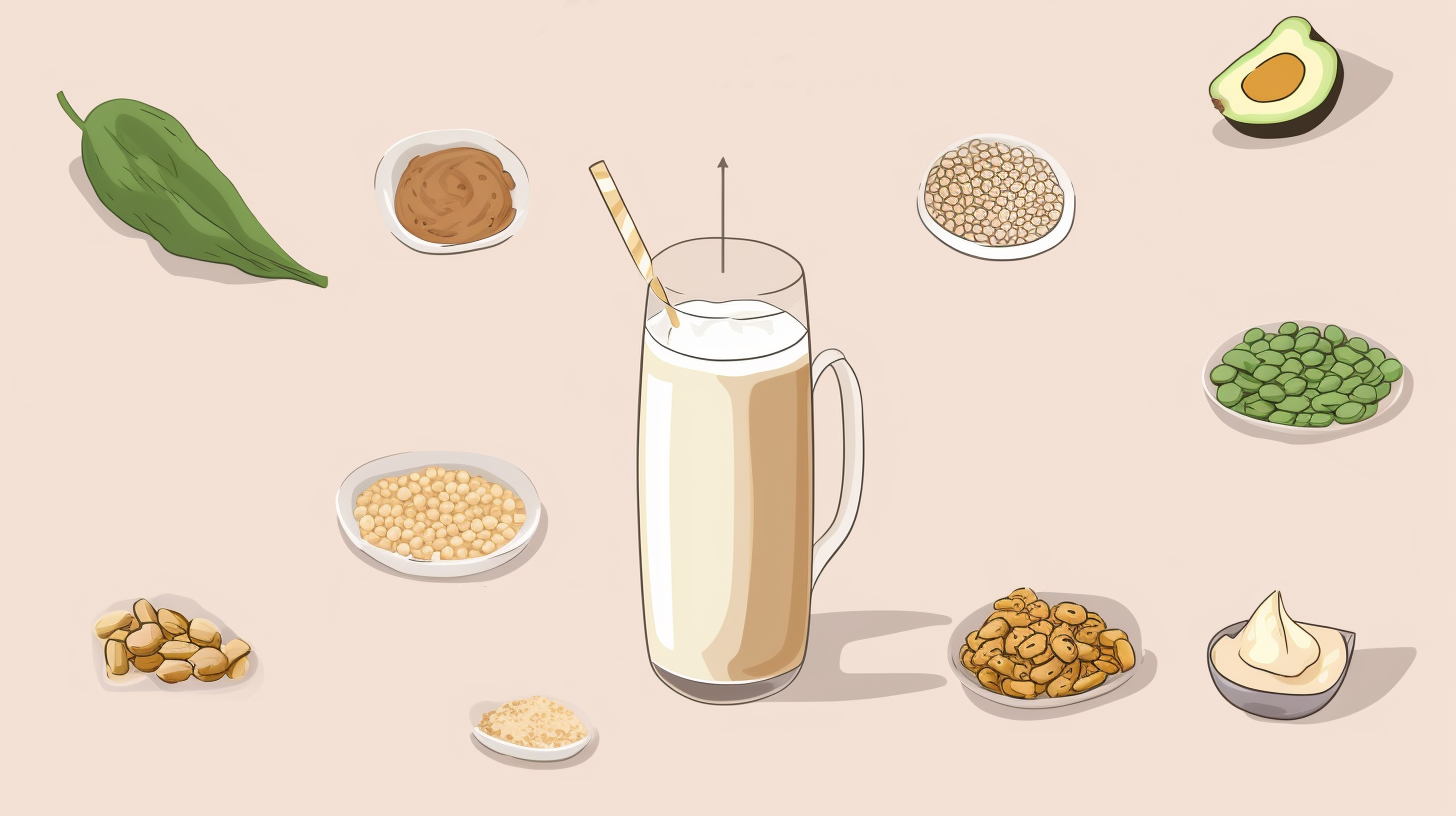
B. Processing methods
1. Extraction and purification techniques
Vegan protein manufacturing involves extracting protein from plant sources through various methods such as solvent extraction, mechanical separation, or enzymatic hydrolysis. These techniques aim to isolate and concentrate the protein while removing undesirable components.
2. Removal of unwanted components (e.g., fiber, fats)
To enhance the purity and quality of vegan protein, manufacturing processes may involve removing unwanted components like fiber, fats, and carbohydrates. This helps to concentrate the protein content and improve the flavor and overall nutritional profile of the final product.
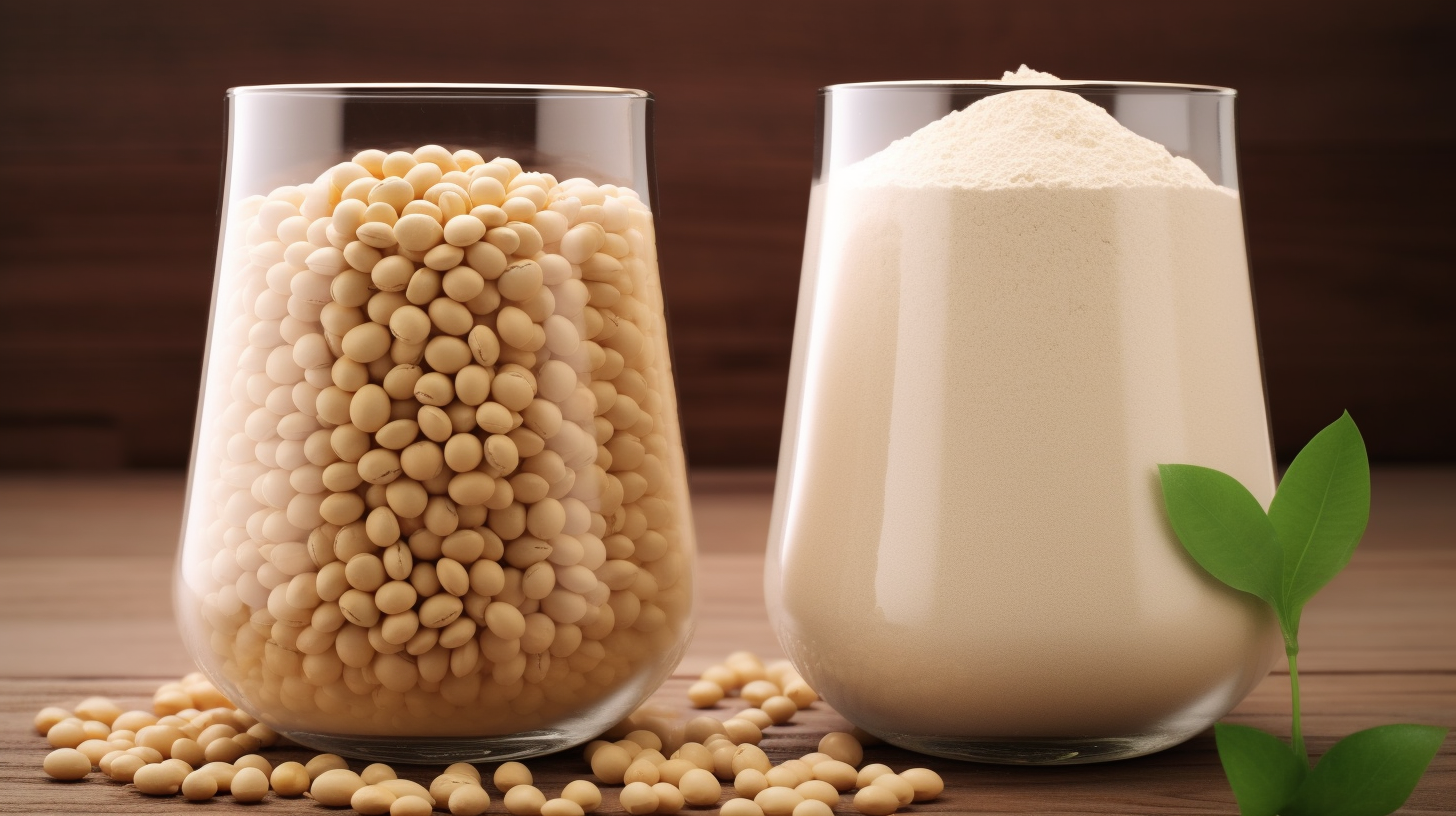
C. Certification and labeling
1. Recognized vegan certifications
Vegan protein manufacturers may seek certification from reputable organizations to validate their products and packaging as vegan-friendly. Certifications such as Vegan Society, Certified Vegan, and Non-GMO Project Verified provide assurance to consumers that the products meet strict vegan standards and do not contain any animal-derived ingredients.
2. Ensuring transparency and accuracy in product labeling Manufacturing
Vegan protein manufacturers prioritize accurate and transparent labeling to provide consumers with clear information about the product’s ingredients and manufacturing processes. This includes listing all plant-based protein sources used, highlighting any certifications obtained, and disclosing any potential allergens or additives present.
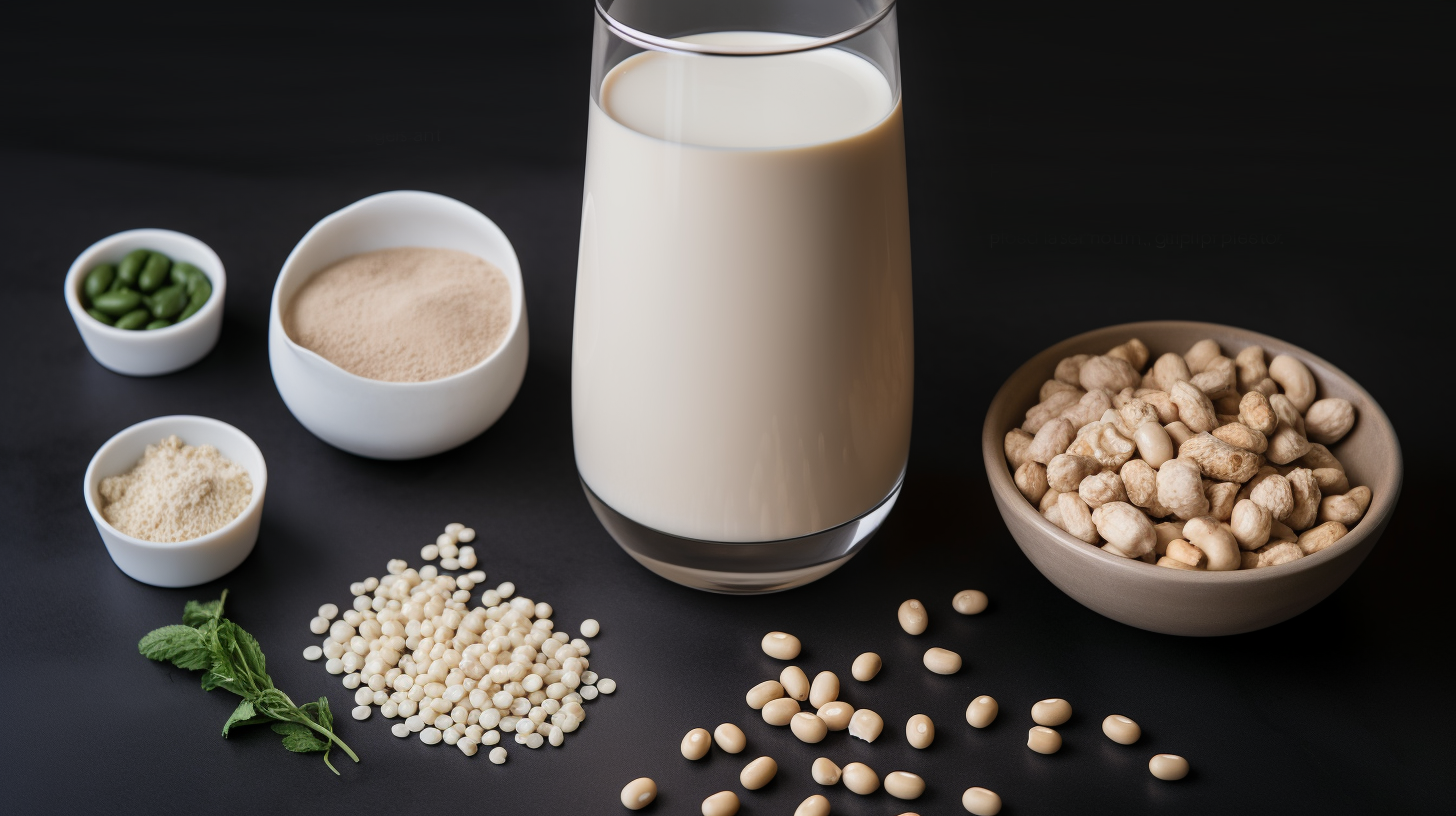
IV. Comparing Raw Material Practices
A. Environmental impact
1. Assessment of whey protein and vegan protein production processes
Evaluate the environmental impact of whey protein and vegan protein production processes, including factors such as land usage, water consumption, and energy utilization.
2. Consideration of land, water, and energy usage
Compare the land, water, and energy requirements of whey protein and vegan protein production processes. Assess the impact of these factors on sustainability and environmental conservation.
B. Nutritional profile
1. Protein content and amino acid composition
Compare the protein content and amino acid composition of whey protein and vegan protein. Evaluate the differences in their ability to provide essential amino acids and nutrients for the body.
2. Evaluation of additional nutrients and bioactive compounds
Assess whether there are differences in the presence of additional nutrients and bioactive compounds between whey protein and vegan protein. These may include vitamins, minerals, antioxidants, and other beneficial components.
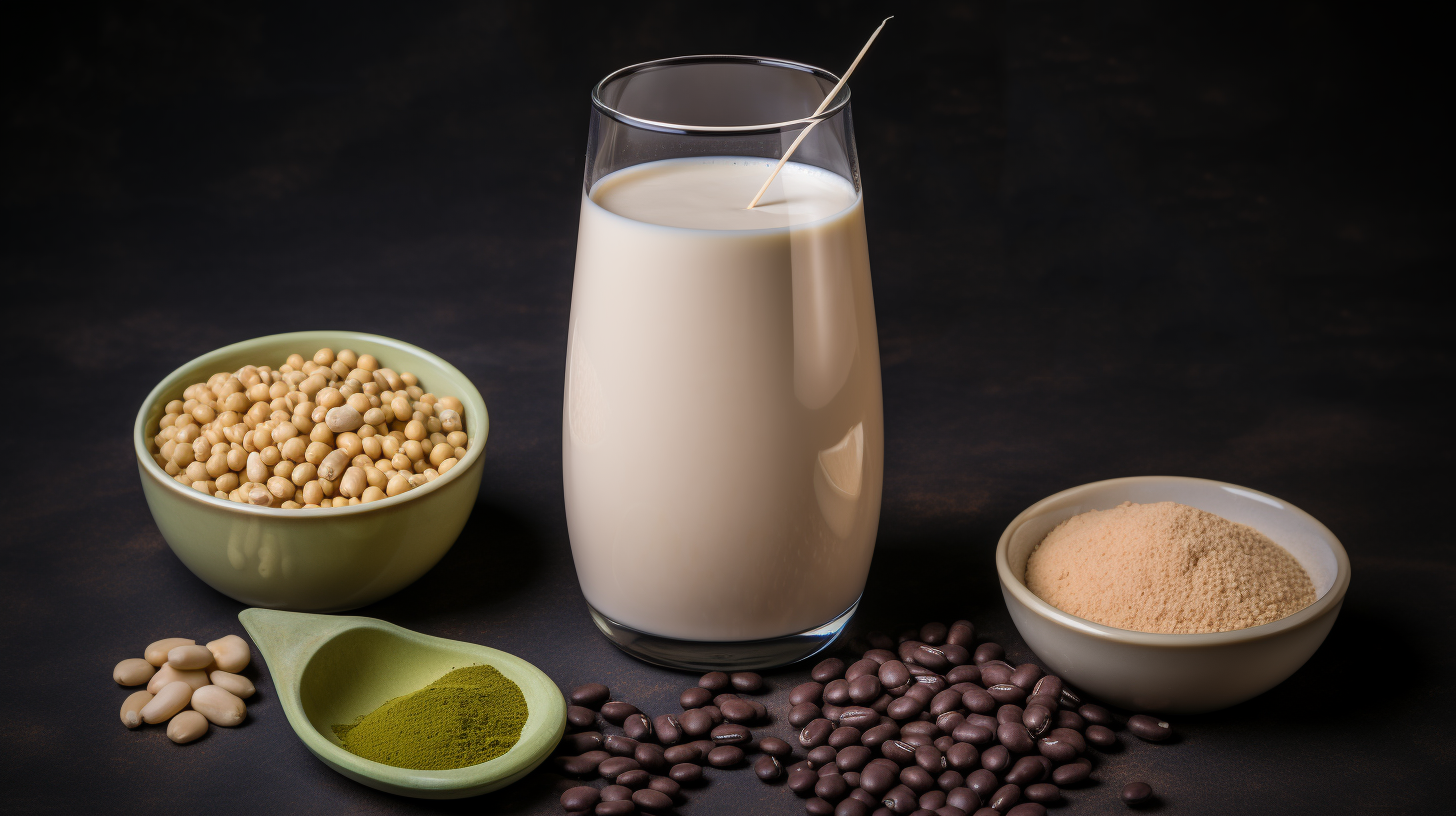
C. Consumer preferences and market trends
1. Shift towards plant-based diets
Consider the growing preference for plant-based diets among consumers. Explore the attractiveness of plant-based diets and their impact on market demand.
2. Factors influencing purchasing decisions
Investigate the factors that influence consumers’ purchasing decisions for whey protein and vegan protein. Consider the impact of health consciousness, ethical values, and environmental awareness on market demand.
VI. Challenges and Future Considerations
A. Raw material availability and sustainability
- Challenges in raw material supply: With the increasing demand for whey protein and vegan protein, the supply of raw materials may face pressure. Ensuring the sustainability and stable supply of raw materials is a significant challenge.
- Sustainable solutions: Seeking to adopt sustainable raw material sourcing methods, such as promoting organic agriculture, renewable energy use, and water resource management. Simultaneously, promoting sustainable agricultural practices and preserving the health of ecosystems to ensure the long-term availability of raw materials.solutions: Seeking to adopt sustainable raw material
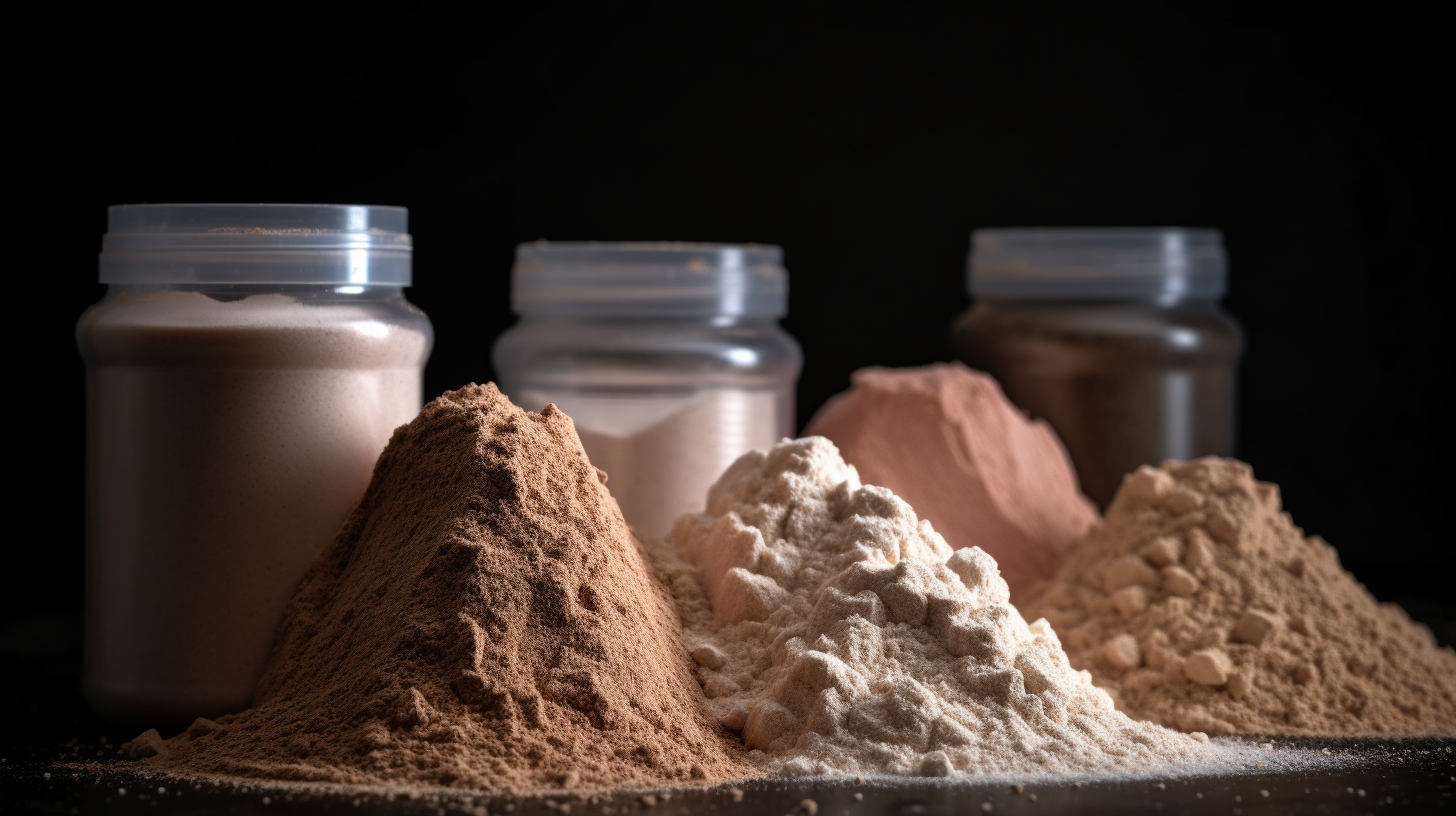
B. Technological advancements in protein manufacturing
- Application of new technologies: Emerging technological innovations, such as genetic editing, fermentation technology, and nanotechnology, bring new possibilities to protein manufacturing. These technologies can improve protein yield, purity, and functionality.
- Enhancing production efficiency: Improving production processes and adopting efficient bioreactor systems can enhance the efficiency of protein manufacturing, while reducing resource consumption and environmental impact.
C. Regulatory frameworks and industry standards
- manufacturing needs to complyRegulatory compliance: Protein manufacturing needs to comply with relevant food regulations and quality standards. Establishing and adhering to regulatory frameworks can ensure product safety and quality.
- Industry standards: Standards and guidelines developed by industry organizations and associations can promote consistency among producers, ensuring consistent product quality and traceability.
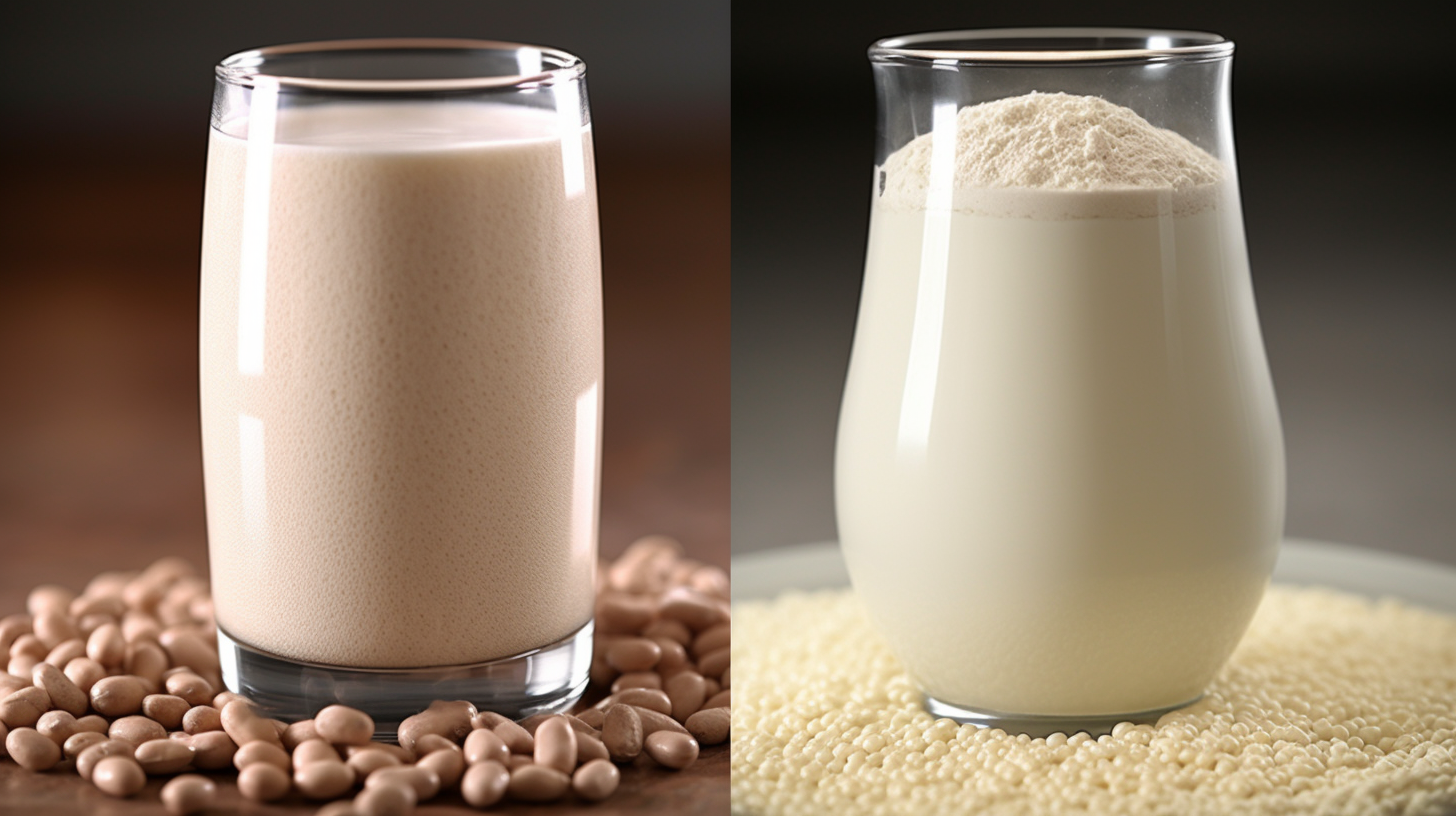
The challenges and future considerations will drive the development of the whey protein and vegan protein manufacturing industries. By addressing raw material supply, adopting innovative technologies, and complying with regulatory standards, the industry can better meet the growing market demands and move towards a more sustainable and innovative future. manufacturing industries.

